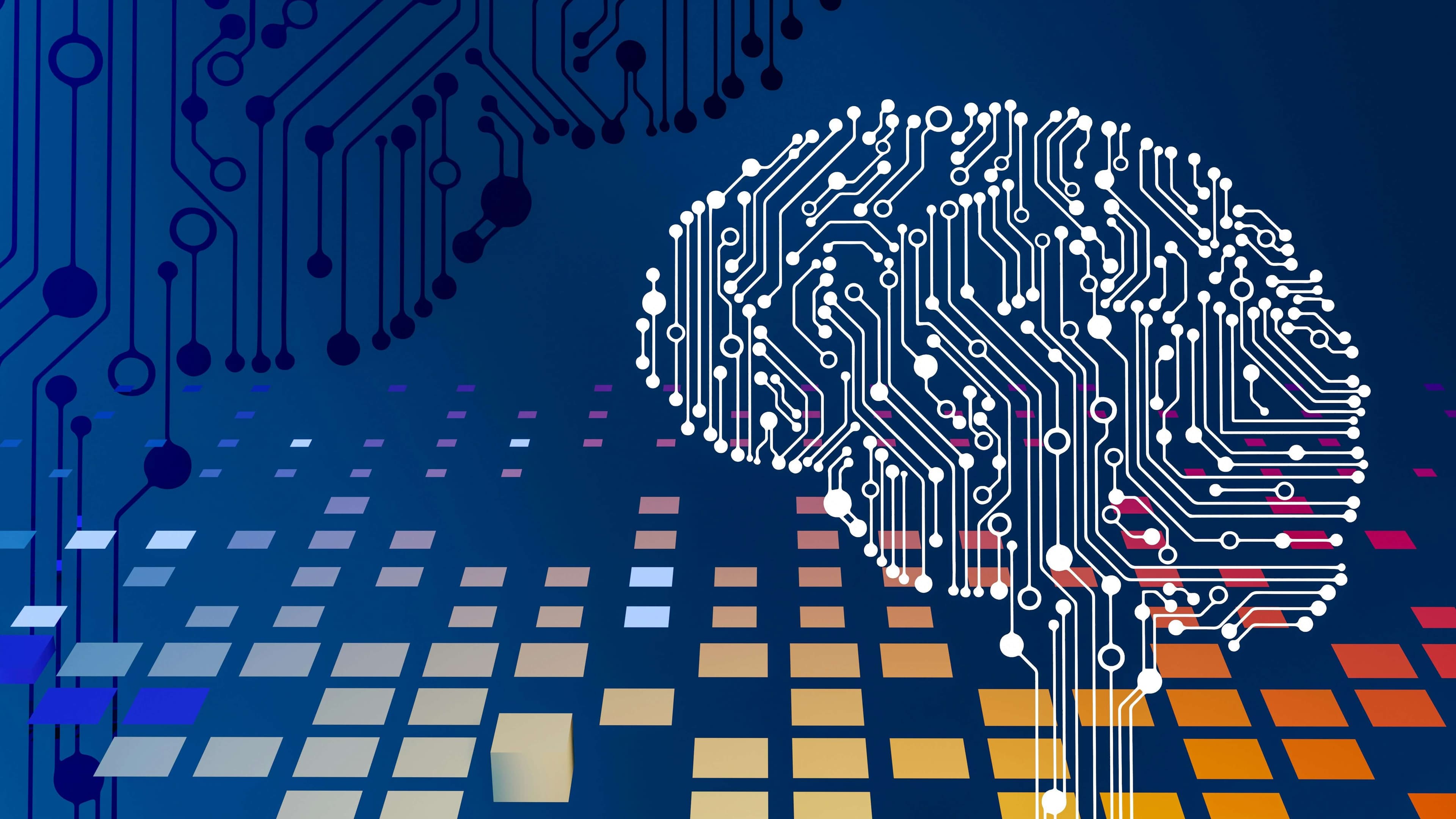
File duplication in remote collaboration occurs when multiple copies of the same file are created and stored by different team members. This often happens when colleagues download shared documents to edit locally without proper synchronization back to a central location, or when overlapping attempts are made to create backups. It differs from versioning, where sequential edits are tracked, by creating parallel, often conflicting, copies that are hard to reconcile.
A common example is sales team members downloading a shared pricing spreadsheet locally; without clear processes, each might save their own version leading to confusion over the latest data. Similarly, marketing teams working on design assets across different time zones might upload slightly different versions of the "final" brochure image to the shared drive (like Google Drive, SharePoint, or Dropbox).

Solutions involve using cloud platforms featuring real-time collaboration and version history, enforcing strict file-naming conventions, and designating a single "master" location. While these methods significantly reduce duplication and conflict risks, they rely on consistent team discipline and stable internet access. Failure to manage duplication wastes storage space, causes confusion, risks using outdated information, and can lead to significant errors in deliverables. Platforms increasingly integrate AI to detect potential duplicates proactively.
How do I handle file duplication in remote collaboration?
File duplication in remote collaboration occurs when multiple copies of the same file are created and stored by different team members. This often happens when colleagues download shared documents to edit locally without proper synchronization back to a central location, or when overlapping attempts are made to create backups. It differs from versioning, where sequential edits are tracked, by creating parallel, often conflicting, copies that are hard to reconcile.
A common example is sales team members downloading a shared pricing spreadsheet locally; without clear processes, each might save their own version leading to confusion over the latest data. Similarly, marketing teams working on design assets across different time zones might upload slightly different versions of the "final" brochure image to the shared drive (like Google Drive, SharePoint, or Dropbox).

Solutions involve using cloud platforms featuring real-time collaboration and version history, enforcing strict file-naming conventions, and designating a single "master" location. While these methods significantly reduce duplication and conflict risks, they rely on consistent team discipline and stable internet access. Failure to manage duplication wastes storage space, causes confusion, risks using outdated information, and can lead to significant errors in deliverables. Platforms increasingly integrate AI to detect potential duplicates proactively.
Quick Article Links
How can I standardize file extensions across a company?
Standardizing file extensions means establishing and enforcing consistent naming conventions for file types across an or...
Why do some operating systems add a file extension during rename?
Some operating systems automatically add or preserve file extensions when renaming files as a usability feature to preve...
Can I view sync history?
Sync history refers to the chronological record of synchronization events performed by an application or service. It tra...